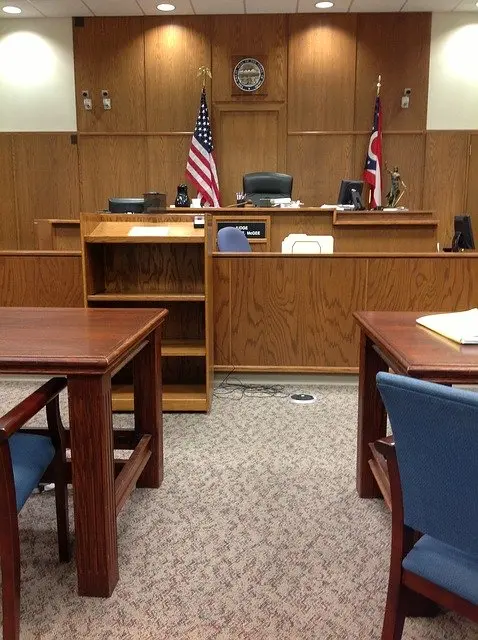Changes to Ontario's Rules of Civil Procedure" have the potential to boost access to justice, says Barrie-area personal injury lawyer" Steve Rastin.
A series of amendments to" Rule 76, which governs actions proceeding under the simplified procedure, will take effect Jan. 1, 2020, including the doubling of the monetary jurisdiction for simplified actions from $100,000 to $200,000, the imposition of a hard five-day cap on trial length, and the elimination of juries, he says.
Under the revised rule, calling more than three experts will be strictly prohibited, evidence in chief will be submitted by affidavit, while litigant's costs will be capped at $50,000, along with a maximum of $25,000 for disbursements.
"I'm cautiously optimistic that the amendments will increase access to justice for the people that need it, but I want to see how the system works in practice," says Rastin, managing partner of" Rastin Trial Lawyers, who says he's most encouraged by the jury changes.
While the vast majority of civil jury trials currently involve personal injury matters, he says" that almost all are initiated by insurers.
"We have a big problem with civil juries in Ontario, and especially in the Greater Toronto Area, where most jurors receive little or no compensation for sitting in a jury box for weeks," Rastin says. "In my view, the jury pool has been tainted by legal advertising that has created a pre-disposition against plaintiffs."
Indeed, in one" decision, a Superior Court judge went so far as to comment that "jury trials in civil cases seem to exist in Ontario solely to keep damages awards low in the interest of insurance companies, rather than to facilitate injured parties being judged by their peers."
That followed the award by a jury of just $3,000 in damages for physical and emotional injuries for which he claimed $1.2 million. Despite concerns about bias, plaintiffs have little choice but to go along, since judges can only strike jury notices in very limited circumstances, such as when the case is too complicated for ordinary citizens to understand, Rastin says.
"Until we control the amount of advertising that's going out, we'll run into this problem, so for smaller cases, it's definitely a big step forward to get rid of juries," he adds.
However, the expert evidence amendments are more concerning for Rastin. While a similar three-expert limit is already technically in place, he says judges typically dispense with it as a matter of course, allowing either side to call more evidence if it's deemed necessary. If judges are to stick to the limit more rigidly, Rastin says they should, in turn, loosen their approach to the testimony of treating physicians.
"Some judges are reluctant to allow treating doctors to give evidence on things like the ability to work and future care, so further experts have to be engaged," he says. "For the system to work, they're going to have to be more relaxed about letting the front-line professionals caring for accident victims to give evidence on those matters. Assuming they do, the changes could be a good thing."
The Rule 76 amendments are the product of a lengthy consultation process, beginning back in 2016 when the provincial Civil Rules Committee opened discussions about simplified procedure reform.
"There is a great deal of inefficiency in the court system that could be streamlined," Rastin says. "People have had their opportunity to be heard, and now the provincial government is finally going ahead with some changes."
He says the amendments could have the biggest impact on those accident victims suffering less serious injuries.
"Some of the more combative insurance companies have been banking on the fact that it's difficult for claimants to go to trial on smaller cases because of the bigger cost risk and the jury bias issue," Rastin says. "If the right controls are in place, and people see that they can take a case to trial without going bankrupt, we might get more chronic pain claims being decided, and a bit of a rethink in terms of what a fair damages award looks like."
Expertise.
Share
Subscribe to our Newsletter

